

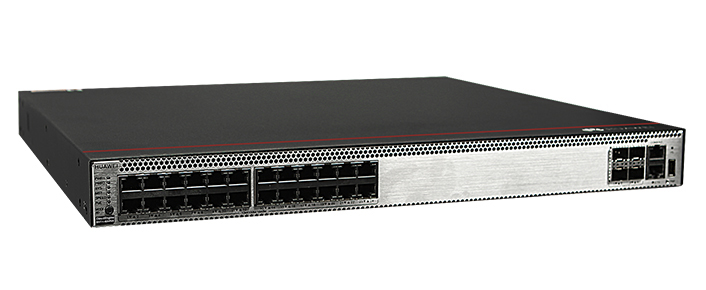
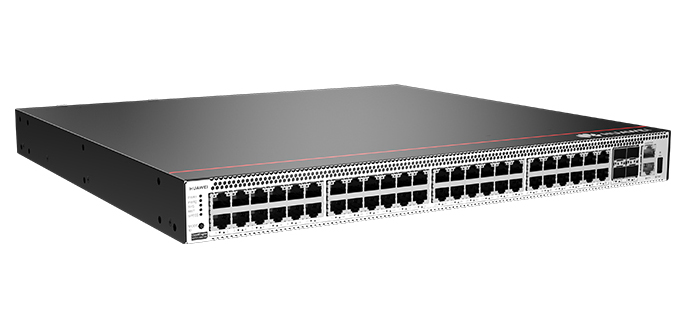
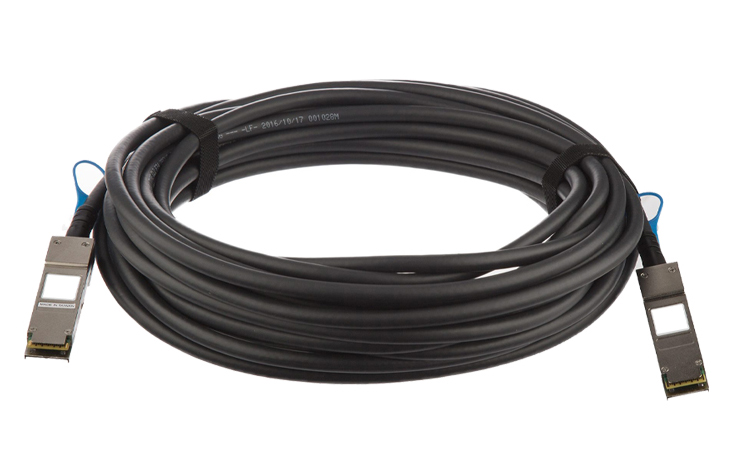

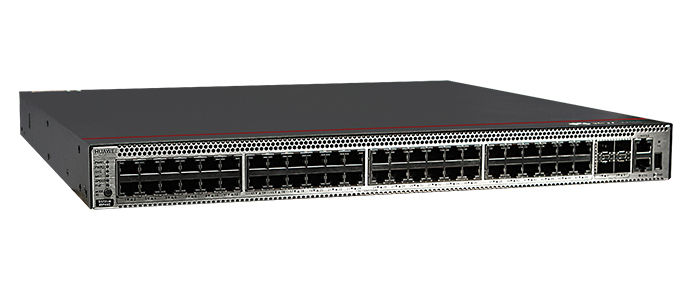
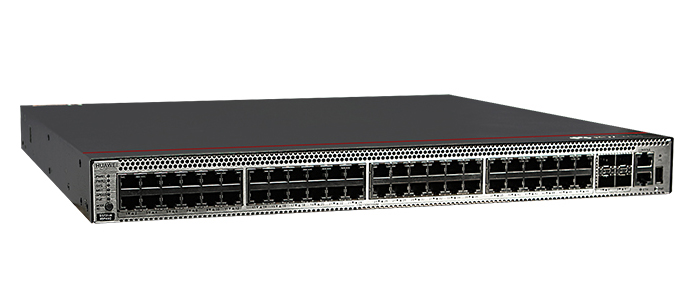

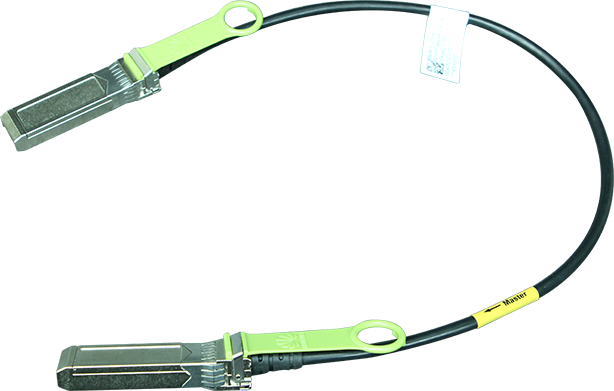
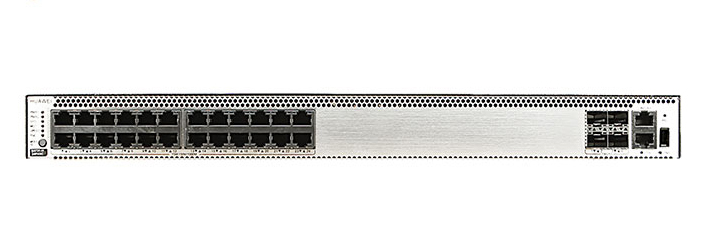
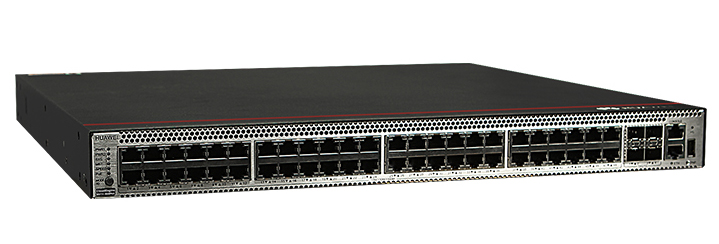
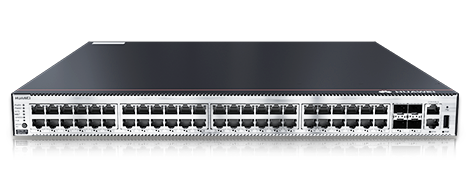

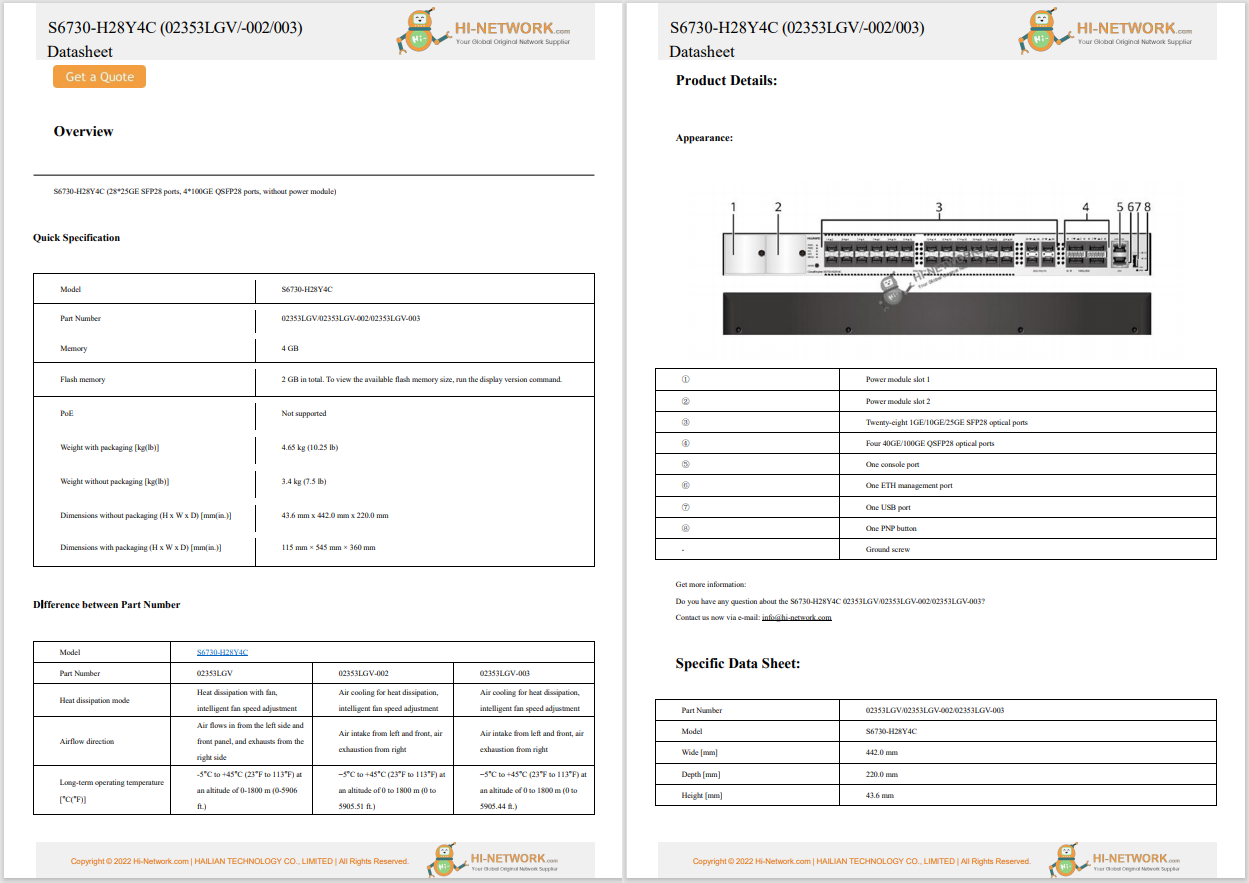

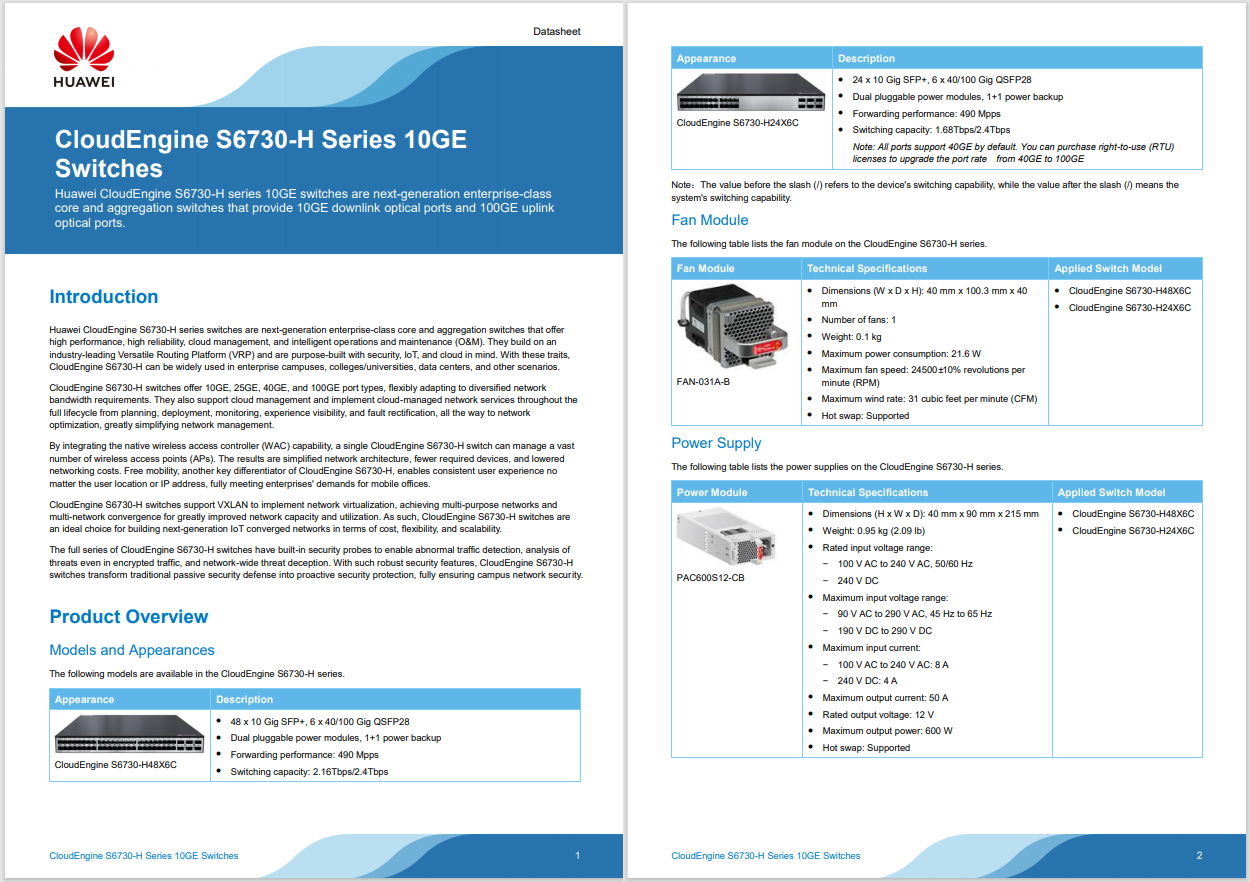
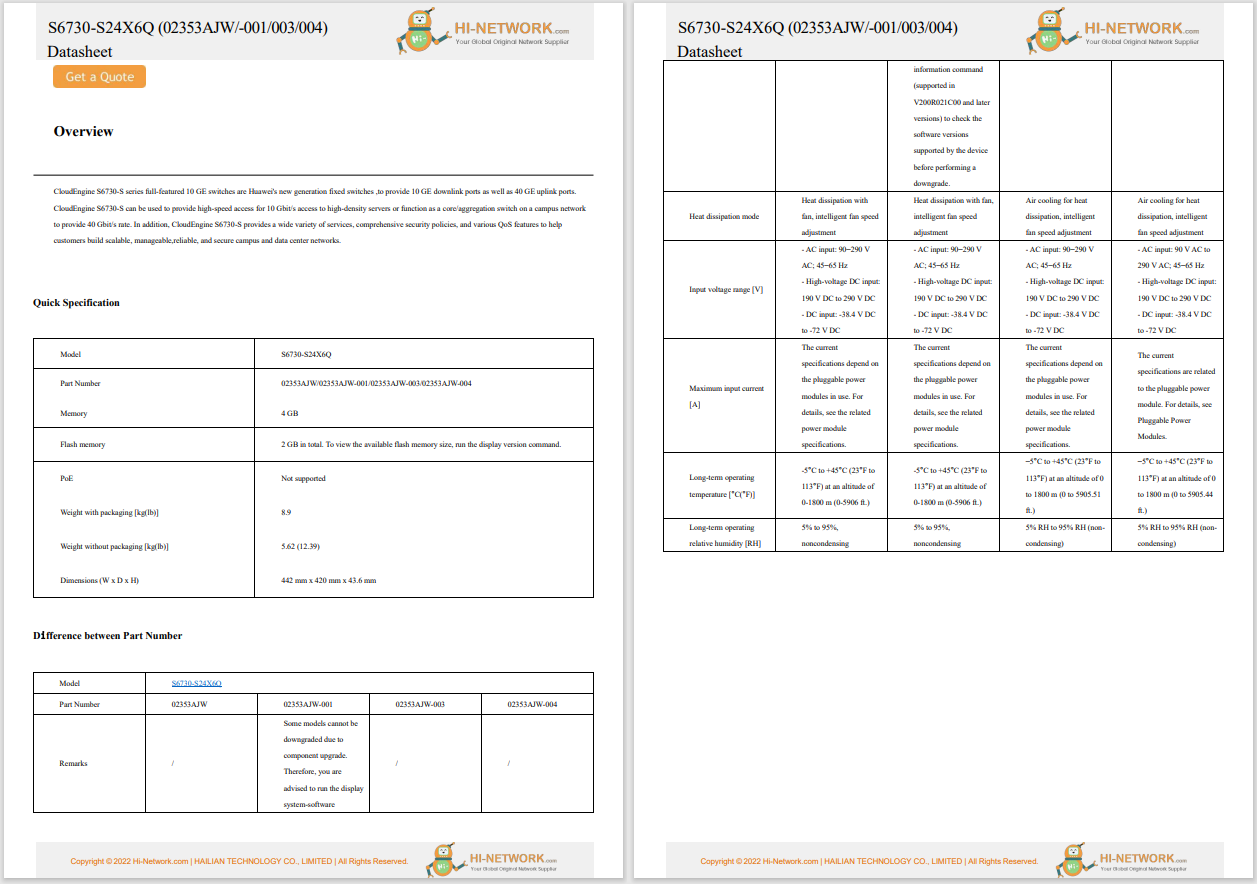


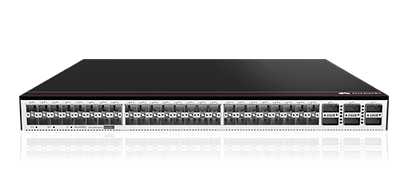
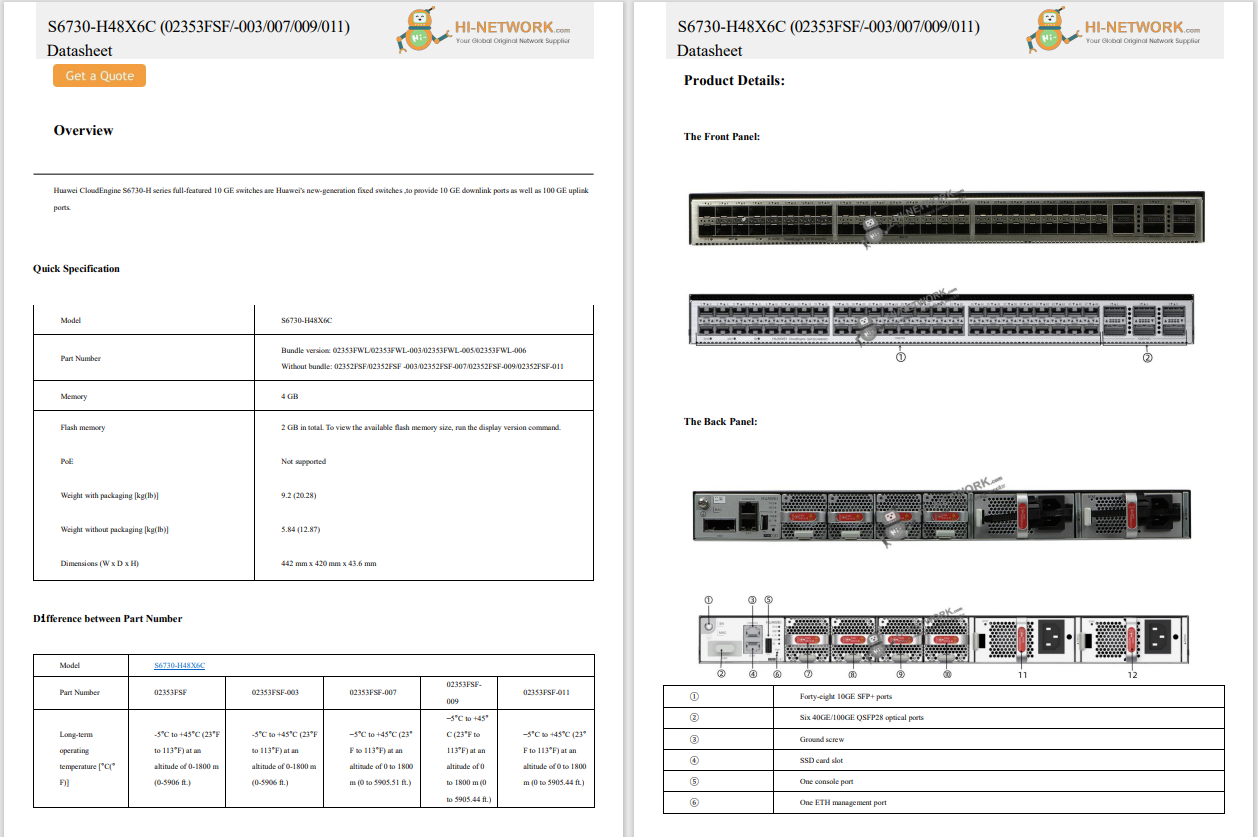
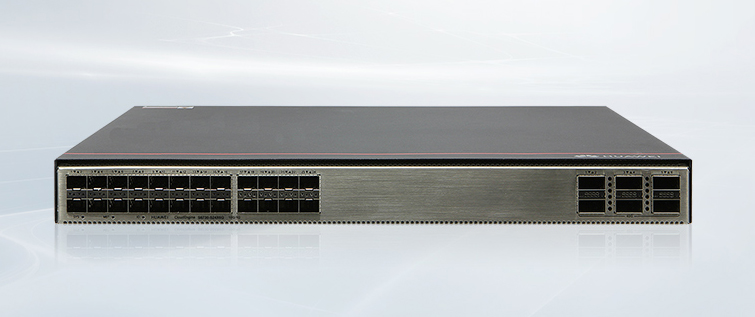



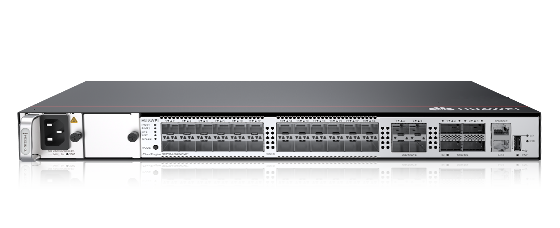
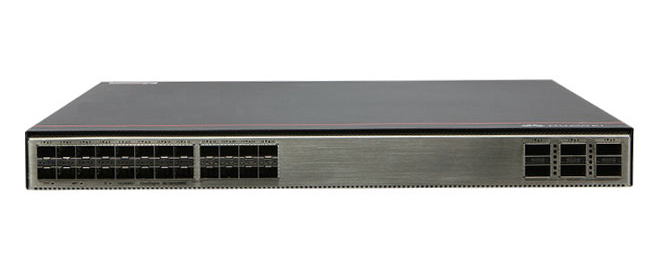


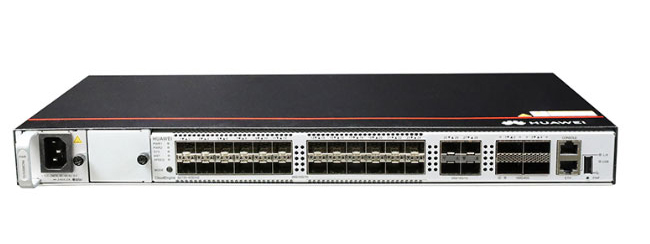
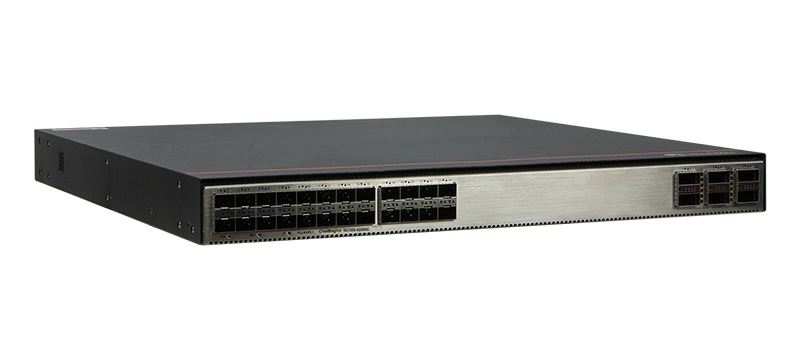

Nearly all Linux distributions could serve as either a desktop or server OS. It's not like you'd want to slap a desktop environment onto Ubuntu Server and use it as a desktop OS, but you could. You could also use Ubuntu Desktop as a server, but you won't. Why? Because Ubuntu Desktop was designed as a desktop OS, and Ubuntu Server was designed as a server OS.
Even though the 'twain could meet, they probably shouldn't.
Also: The best-looking Linux desktop I've seen so far in 2025 - and it's not even close
Then there are distributions like Trisquel, which is a 100% free Linux operating system (meaning every piece of software included is open-source) based on Ubuntu. Trisquel includes a wide range of software and offers several different editions, from the standard desktop to a "mini" edition (for netbooks and older computers) and the network-based installer for custom and server installations.
In total, there are four different versions to choose from:
I started by downloading and installing the flagship Trisquel edition (with MATE as the desktop). I've always found MATE to be rather blah. Yes, it runs well and looks very much like the desktop UI you've probably used most of your life. But it's fairly boring, especially compared to other Linux desktops. Sure, Trisquel installed and worked fine, but I wanted more from my desktop.
There is also the option of the Trisquel netinstall, which is a minimal, text-based installation that allows you to install whatever you want or need. I didn't go that route because most readers are interested in desktops, not servers.
Also: Want to save your old computer? Try these 6 Linux distros
To that end, I opted to go with the Triskel option, which is a straight-up KDE Plasma-based desktop edition.
One of the first things I noticed is that Triskel's installer is a bit long in the tooth, feeling more like the KDE of old. The installation also took a bit longer than I'm accustomed to. I've installed Linux distributions in under two minutes before, but Triskel took considerably longer.
Another thing I noticed is that the Trisquel edition requires disk encryption, whereas Triskel does not. If you're serious about security and privacy, you might want to stick with Trisquel and the MATE desktop.
I continued on and, once I finally logged into Triskel, I realized my instinct about the installer was correct, and the version of KDE Plasma is 5.24.7. I nearly decided to go back to the MATE edition but decided I'd rather use an older KDE Plasma than a newer MATE.
As much as I'd like to say the process from install to first use was seamless, I almost immediately ran into an issue with the upgrade constantly throwing the file "//.config/debconf-kde-helprrc" not writable error. That was easily fixed with the following two commands:
Sadly, this isn't something a user should have to deal with (especially one new to Linux).
Frustration was mounting, but I forged ahead and waited for the upgrade process to complete. Again, this took longer than I'm accustomed to.
Once the upgrades finally completed, I was able to use the desktop. I'm used to KDE Plasma 6, with its gorgeous aesthetics and incredible speed. KDE Plasma 5 is neither of those things. Sure, it has the makings of what would become KDE Plasma 6, but the difference between the two is considerable. This is not a deal breaker by any stretch of the imagination, but if you've used KDE Plasma 6, going back to version 5 feels like a step in the wrong direction.
As I navigated and used the desktop, I felt as though I'd gone back in time to a more awkward period of KDE Plasma's existence, which begs the question... why use an outdated desktop environment?
Also: Bluestar Linux is a gorgeous MacOS-like take on KDE Plasma that's easy to use
One of the first things I did after the upgrade was check the running kernel, which was 5.15.0-134-generic. Trisquel and Triskel are based on Ubuntu. Although Ubuntu tends to play it on the safer side of things, even Canonical's latest release ships with kernel 6.13. Yes, I realize that's still a viable, stable kernel, but its end-of-life is less than a year away. Hopefully, the developers will see to it to upgrade the kernel. The other problem with this kernel is that it doesn't offer nearly the hardware support found in the 6.x version.
As for software, the installed version of LibreOffice is 7.3.7.2, which is also out of date. Ubuntu doesn't ship with LibreOffice pre-installed, but if you add it from the App Center, you get version 24.8.5.2, which is much more up-to-date (remembering that after version 7, the developers of LibreOffice changed the naming scheme, so there were no versions 8-23).
So, is either Trisquel or Triskel worth recommending?
Ultimately, the decision to use Trisquel boils down to whether or not you mind tinkering to get things working properly, and Triskel is all about accepting software releases that are a bit outdated (but still supported).
Also: The 5 best rolling release Linux distributions - and why you should be using one
If you want a rock-solid desktop distribution, and don't mind using UI that looks and feels like Windows from a bygone era, give Trisquel a try. If you want a reliable desktop with a more flexible (but still out-of-date) desktop, check out Triskel.
Either way, they both offer Debian-like stability, with the additional option of a netinstall to land you with a server operating system that includes a similar reliability.
However, if you (like me) aren't keen on using outdated UIs or software on the desktop, or using a server distribution without a vast community of users and help, I would highly recommend the following:
Get the morning's top stories in your inbox each day with ourTech Today newsletter.
 Tags quentes :
Tecnologia
Tags quentes :
Tecnologia